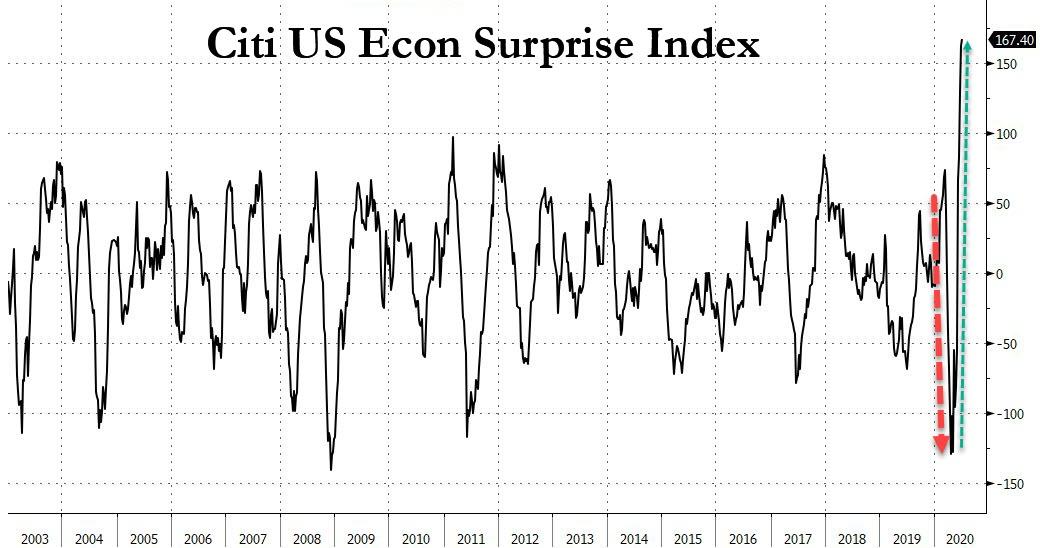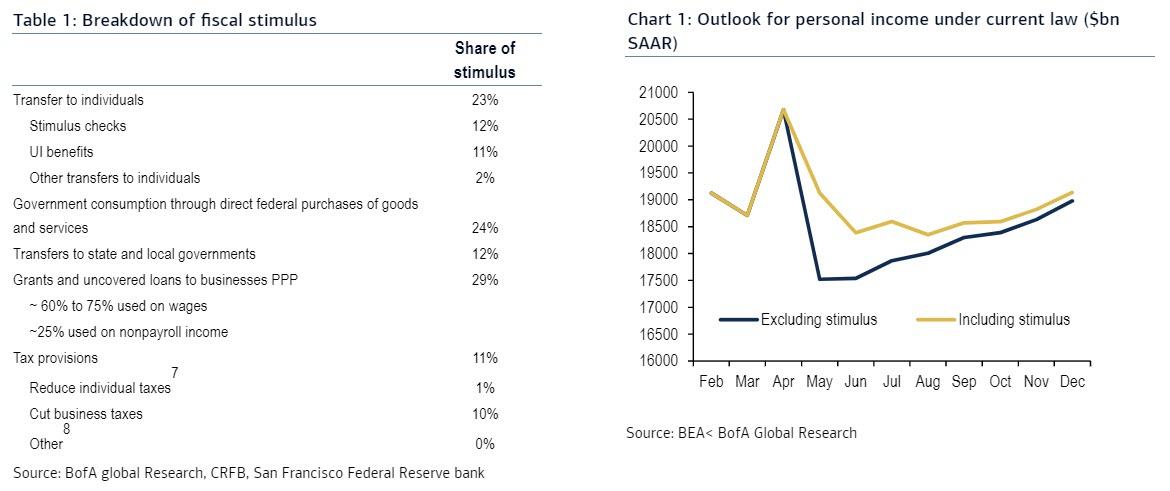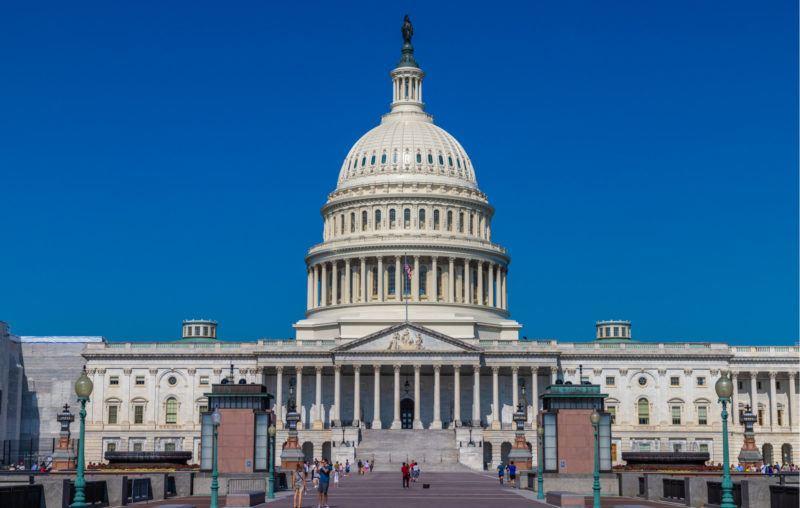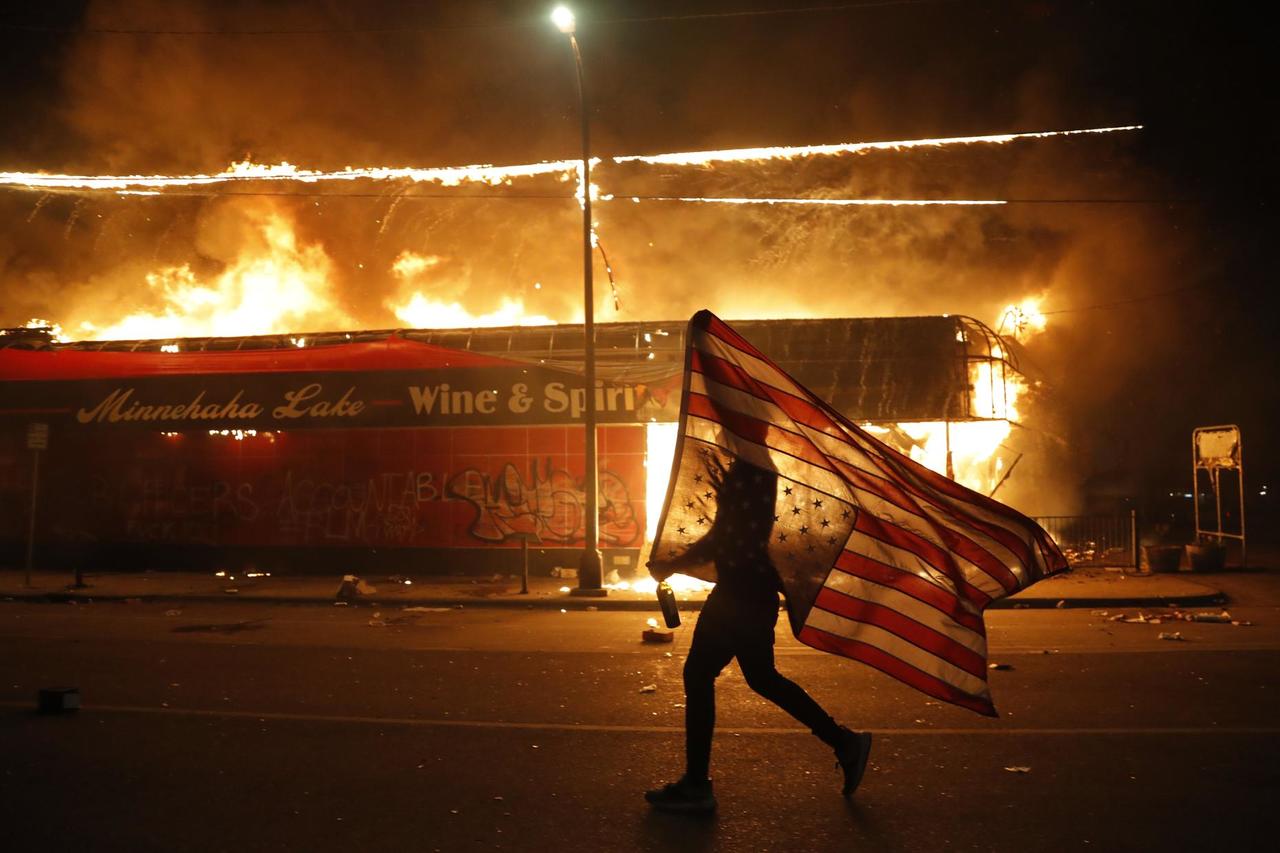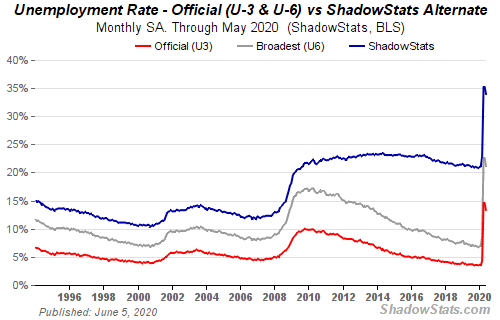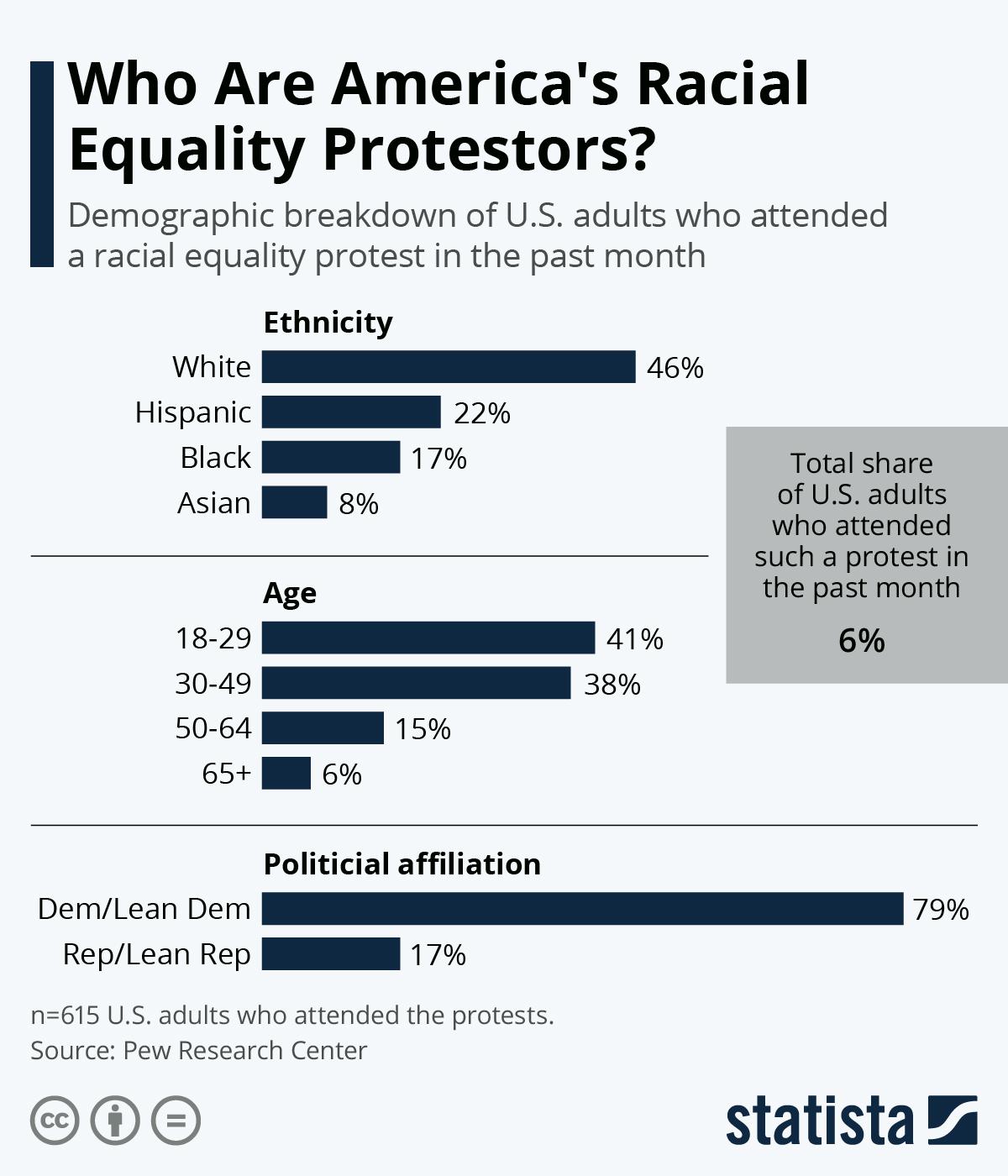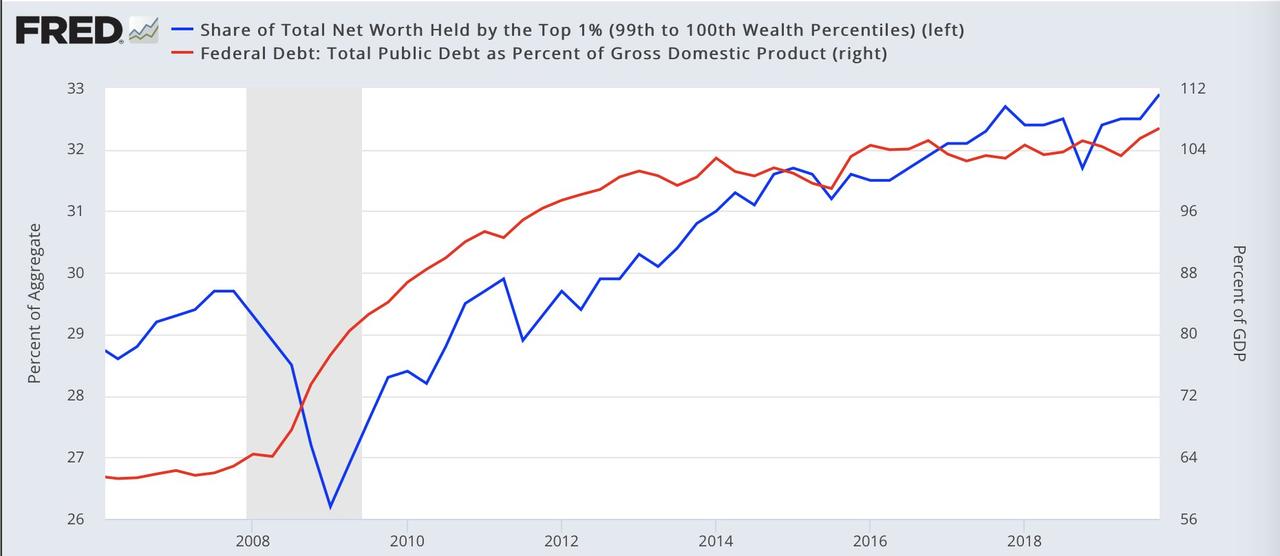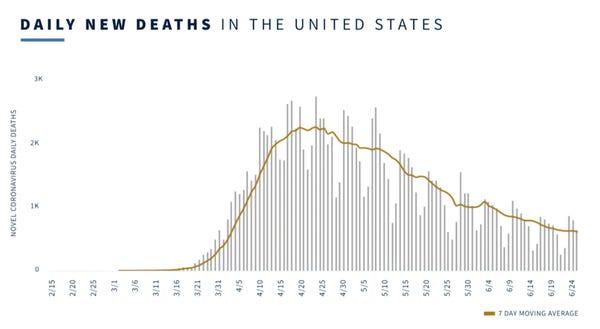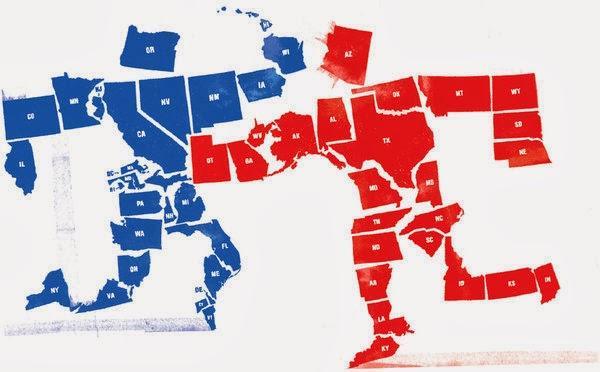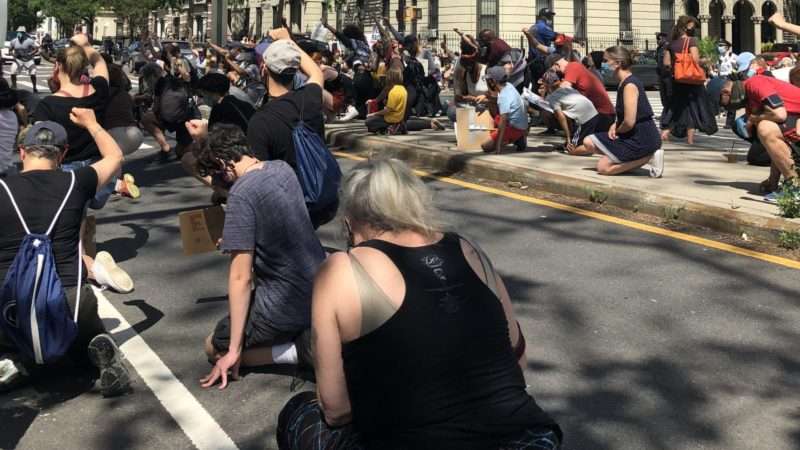Three Ideas To End The Rot On College Campuses
Tyler Durden
Mon, 06/29/2020 – 18:55
Authored by Charles Lipson via RealClearPolitics.com,
In the early 1950s, at the nadir of McCarthyism, the Cincinnati Reds baseball team was so fearful of anti-communist crusaders that it actually changed the team’s name. Overnight, they reverted to their original name, the Cincinnati Red Stockings, and then for several years became the Redlegs. The anti-communism was justified; the mob mentality was not.
Today, we are all Redlegs. This time, the repression is coming from the left.
It’s not just that a careless word can cost your job, it’s that people tremble in fear that they might say the wrong word. Today, as in the past, the loudest, most extreme voices claim the right to control speech and judge whether it is worthy of being heard at all. The giants of technology and media have either bowed to these demands or embraced them enthusiastically. The result, as in the early 1950s, is a shriveled, impoverished public square. Genuine debate is suppressed, even in classrooms, which should nurture informed discussion with multiple viewpoints. All too often they have become pipelines for indoctrination.
What’s wrong with this rigid groupthink?
First, it takes real problems, such as police misconduct or Confederate statues, and inflates them for political purposes. It vastly exaggerates their extent and gravity, mistakenly generalizes them (Ulysses Grant is not Stonewall Jackson), ignores significant progress in correcting old errors, calls any disagreement “racist,” and relies on intimidation and sometimes violence, not democratic procedures, to get their way.
The loudest voices say America and its history are fundamentally evil, that its institutions need to be smashed so they can be reestablished on “socially just” foundations. The mob and their fellow travelers will determine what is just. Who gives them that right? This arrogation of power and attack on public order will not end well.
The second problem is that America’s major institutions have been overwhelmed by these demands and have bowed down to them. Public trust has eroded in all America’s major institutions since the late 1960s. We now see the supine results. Instead of standing up to this swelling irrationalism and intimidation, they have appeased it—and sometimes embraced it. Predictably, appeasement has only fueled more extreme demands.
The rot began in America’s universities before spreading to mass media, cultural magazines, philanthropies, museums, and corporations. More and more parents are concerned that it now suffuses K-12 education. They don’t want a Pollyanna history, but neither do they want their children indoctrinated with a grim, doctrinaire view that America is an evil nation, incapable of reforming its own defects.
Universities have led this parade of self-flagellation. One reason is that so many administrators and professors agree with the mob demands. The second is that prudent faculty and staff know where the risks lay. Their careers would be endangered, perhaps terminated, by resisting the bullhorns and barricades. The smart career move is to affirm the most strident cries, publicly renounce your old (and now wrong) views, apologize on bended knee, and hope you will not be sent to the rice paddies to learn from the peasants’ wisdom.
Can anything be done?
Yes. And it should begin in universities, where so many of the problems began.
First, universities must publicly reassert the first principle of academic inquiry: free and open debate is essential to research and learning. Bad arguments should be rebutted with better ones, bad data and methods with better ones. How do we know which arguments, data, and methods are bad? Only through vigorous debate.
To understand why this approach is so crucial, ask yourself: Why is social science so dreadful in the People’s Republic of China and other totalitarian states? Because the “wrong” answers lead to dismissal, dishonor, and even death. Knowing that, the best scholars avoid those fields altogether. Even if their current views are approved, they might be forbidden tomorrow and these scholars will inevitably face political restraints in searching for answers to important questions. Those restraints and their consequences are well known. It is madness to impose them on ourselves.
In the midst of this full-scale assault on free speech, have universities issued full-throated defenses of open inquiry as the foundation of education? No. Hillsdale College in rural Michigan has done so, and perhaps a handful of “Bible schools,” but they are rarer than Republican professors of English literature. What almost all universities have issued are vapid letters, reaffirming their commitment to “diversity and inclusion.” Many have said they will pump more money into those projects, which they have already sustained for decades. They say nothing about intellectual diversity, which they don’t consider diversity at all.
Stating principles of free speech and free inquiry is essential, but it is not enough. Sound principles must be reiterated, and they must be reinforced with best practices. Students, faculty and staff need to know the university’s commitment is more than an empty gesture. Before freshmen arrive on campus, they need to be told their university supports free speech and free inquiry and will not tolerate their suppression. These crucial points should be emphasized during Orientation Week. So, too, should the university’s commitment to enforcing the rules. Students accused of suppressing others’ speech should be accorded due process (which has long been missing on campus), but they also need to face consequences if they are found guilty. Otherwise, the principles are vacuous. Deans of students who don’t enforce these rules should become ex-deans.
There is a role here for university boards of trustees. They should not intervene in day-to-day academic decisions, such as tenure, but they should insist on basic rules supporting free speech and effective procedures to punish violations. Insisting on these rules and procedures is well within the scope of the university’s governing board. Indeed, it is their duty.
Second, individual teachers should be told they will be protected if they encourage debate and free inquiry in class. They need a “safe harbor,” even if some students don’t like what they hear, see, or read. University administrators need to give them that protection. You and I might be offended by D.W. Griffith’s “Birth of a Nation” or Leni Riefenstahl’s “Triumph of the Will,” but they are important movies and perfectly appropriate to screen in some classes. Of course, students should be prepared for them and told why they matter. If some students would be traumatized, teachers should try to find ways to accommodate them. But it is no better to exclude important films for fear of political objections than to exclude Robert Mapplethorpe’s photographs for fear of religious ones.
As an alternative to the malleable and weaponized “trigger warnings,” faculty could add to their self-protection (and students’ education) by including a statement of principle to their reading lists. They ought to say—and mean—that they never intend to hurt, insult, or denigrate any student or belittle any group. Rather, they intend to use their scholarly skills to illuminate these issues as best they can. They should add that, if some students disagree with a reading or interpretation, that is exactly what critical thinking plus free speech allows–and what indoctrination prohibits. What students cannot do is shut down legitimate class discussions, however strongly they might disagree. They cannot substitute feelings, epithets, or personal attacks for substantive arguments. Serious academic discussion is based on empirical evidence and theoretical conjectures, presented coherently and debated openly. Students should know these rules when the semester begins and told why they matter. If they disagree in principle, the university should have warned them not to come in the first place.
Third, state legislatures should insist that public universities adhere to the First Amendment’s protections for free speech and peaceful assembly, with the normal restrictions that apply to those freedoms. (No bullhorns in the dorms at 2 a.m., and no shouting down of invited speakers at any hour.) Like boards of trustees, they should not intervene in day-to-day university activities; that, too, would threaten academic freedom. But they should insist that university presidents and deans of students reiterate the importance of freedom of speech, explain its role in higher education, and avoid watering it down with qualifying statements implying “social justice” can override free speech. Social justice, like other important concepts, must be debated, not used as a “cone of silence” for discordant views. Legislatures, governors, and state boards of higher education have every right to demand clear principles of free speech and effective procedures to punish violations.
Whether the federal government should insist on similar principles and enforcement, and use federal funding as a lever, is a more complex issue. Worthy as the goal is, it is yet another step toward centralizing all decision making in Washington, crushing both federalism and civil society. That trade-off is worth a serious debate in its own right.
Whatever role Washington plays, universities need to act now, on their own, to reassert the core value of free speech in education. Free inquiry depends on free speech. These values are the bedrock of liberal education in democratic societies. Right now, that bedrock is being washed away in a tidal wave of irrational outrage.
via ZeroHedge News https://ift.tt/3dOuqyZ Tyler Durden

